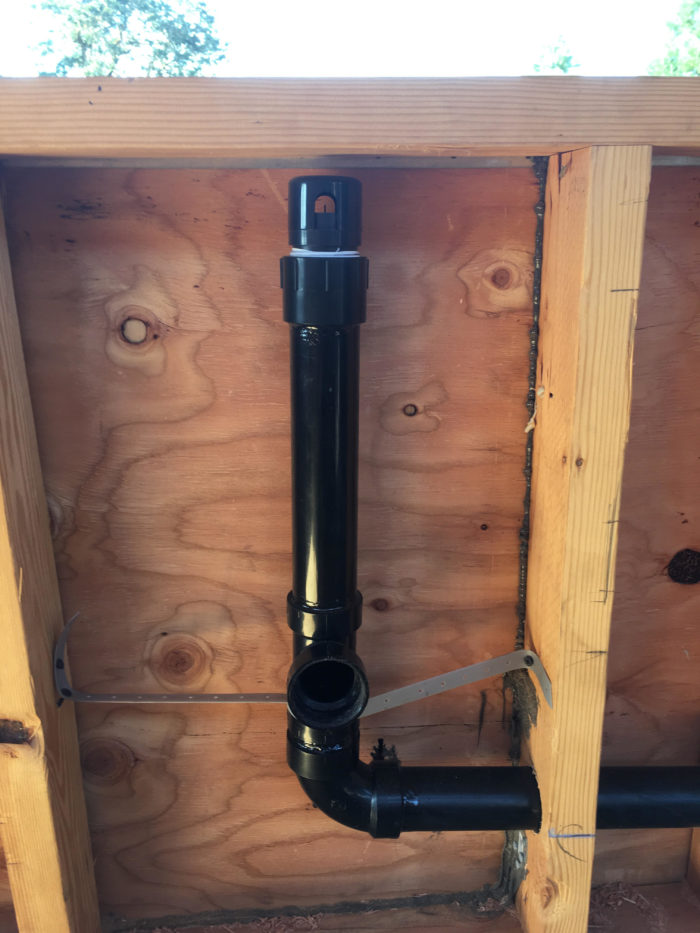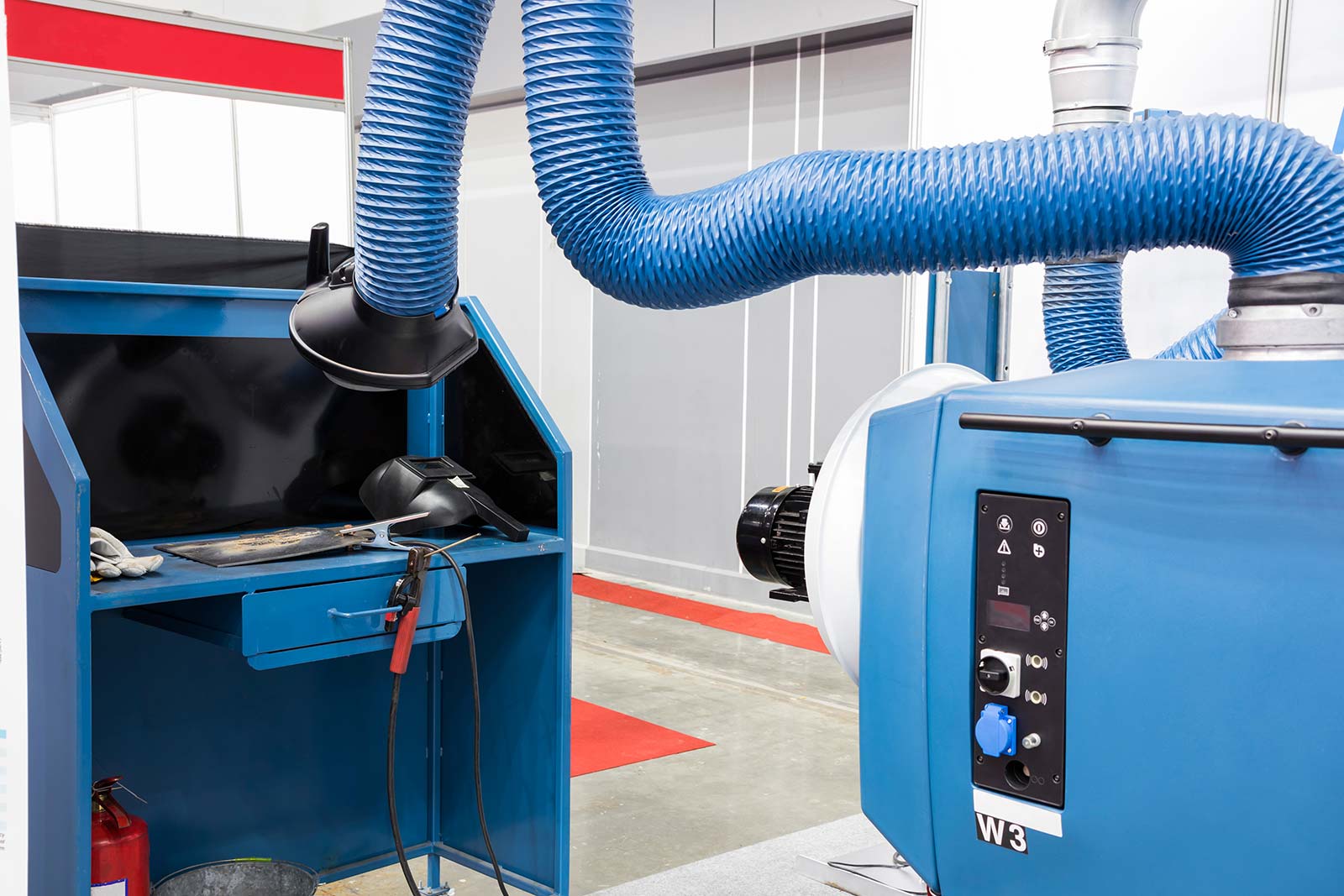Almost everyone has got their own perception with regards to The Upsides of Proper Ventilation in Plumbing Design.

Appropriate ventilation in pipes systems is typically forgotten, yet it is critical for maintaining the functionality and safety and security of your home's pipes. Ventilation aids regulate atmospheric pressure, avoid the build-up of hazardous gases, and ensure the efficient removal of waste. In this guide, we will certainly explore the importance of correct plumbing ventilation, just how it functions, and the benefits it gives your plumbing system.
Recognizing Air Flow in Plumbing
Ventilation in plumbing describes the network of pipelines that enable air to stream through the drainage system. These vents offer numerous objectives, consisting of controling air pressure within the pipes, preventing sewage system gases from going into the home, and assisting in the smooth circulation of wastewater.
How Air Flow Works in Pipes Systems
Air Pressure Policy
Correct ventilation preserves balanced atmospheric pressure within the pipes system. When water flows with pipelines, it displaces air. Without appropriate air flow, this variation can develop unfavorable stress, resulting in slow down drains or siphoning of water from catches, which can trigger undesirable smells to leak into the home.
Preventing Sewage System Gas Build-up
Among one of the most crucial functions of plumbing vents is to avoid drain gases, such as methane and hydrogen sulfide, from building up within the home. These gases can pose significant health threats and are highly combustible. Vent pipelines allow these gases to escape securely outdoors.
Assisting in Waste Removal
Ventilation helps in the reliable removal of wastewater by avoiding airlocks in the drainage system. When air can stream openly with the vents, it enables water and waste to move efficiently with the pipes, lowering the risk of obstructions and back-ups.
Kinds Of Pipes Vents
Main Stack Vent
The primary stack vent, also called the vent pile, is the main air vent in a plumbing system. It prolongs from the main drain line up via the roof covering, enabling gases to run away and fresh air to go into the system.
Branch Vent
Branch vents connect to the main stack vent and serve private components, such as sinks, toilets, and showers. These vents ensure that each component has adequate ventilation to operate correctly.
Air Admission Valve (AAV).
An Air Admission Valve (AAV) is a one-way shutoff that permits air to enter the plumbing system without the demand for a conventional air vent pipeline extending with the roofing system. AAVs are frequently used in renovations or areas where mounting a basic vent is unwise.
Indicators of Poor Ventilation in Plumbing.
Slow Draining Fixtures.
If your sinks, tubs, or toilets are draining pipes gradually, maybe a sign of bad air flow. Insufficient air circulation can create a vacuum cleaner effect, making it challenging for water to drain pipes appropriately.
Gurgling Sounds.
Gurgling sounds coming from drains are usually an outcome of air being sucked via water catches as a result of negative pressure in the pipelines. This is a clear sign of insufficient ventilation.
Unpleasant Smells.
Drain smells inside your home are a warning that your plumbing system is not effectively aerated. This might indicate that sewer gases are not being sufficiently aired vent outside, bring about possibly hazardous problems.
Typical Air Flow Blunders.
Inadequate Vent Sizing.
Making use of undersized vent pipes can lead to bad air circulation and stress imbalances in the system. It's vital to make use of vents that fulfill the certain requirements of your pipes system.
Improper Vent Placement.
Putting vents also far from the components they offer can reduce their effectiveness. Proper placement makes sure that air can move easily and effectively through the system.
Disregarding Code Needs.
Building regulations give certain guidelines for pipes air flow. Neglecting these codes can lead to a system that stops working to operate appropriately and might cause pricey fixings or health hazards.
Benefits of Appropriate Ventilation.
Enhanced System Performance.
Effectively ventilated pipes systems run more successfully, with less clogs, faster draining pipes, and less stress on the pipes. This performance extends the life-span of the pipes system.
Improved Air High Quality.
By preventing sewage system gases from entering your home, correct ventilation adds to much better indoor air top quality, making your living atmosphere healthier and extra comfy.
Stopping Water Damages.
Ample ventilation assists avoid water from being siphoned out of traps, which can cause sewer gases getting in the home and triggering water damages with time.
Steps to Make Certain Appropriate Air Flow.
Consulting Plumbing Codes.
Always get in touch with local plumbing codes when developing or customizing your plumbing system. These codes give the required guidelines for correct airing vent and ensure your system satisfies security requirements.
Routine Examination and Upkeep.
Routine assessments can assist recognize prospective ventilation concerns before they come to be major issues. Maintenance tasks, such as cleaning up air vent pipelines and looking for clogs, are crucial for keeping the system in good working order.
Professional Installation.
For brand-new installments or major alterations, it's important to hire a specialist plumber. They have the know-how to guarantee the air flow system is correctly developed and set up according to code.
Final thought.
Correct air flow is a critical element of any type of plumbing system, guaranteeing that it operates effectively and securely. By recognizing the importance of air flow, identifying the indications of bad ventilation, and taking actions to preserve your system, you can avoid expensive issues and safeguard your home's air top quality.
Understanding the Role of Your Plumbing Vents in the Drainage System
The plumbing system in your home is more than just the kitchen sink, toilet, and bathroom. Some problems that arise within home plumbing are hard to detect because homeowners may not understand potential causes.
One part of the plumbing system that could cause you endless problems is the venting. The drain lines that run through your home and drain wastewater need proper venting to function properly. Faulty plumbing vents can lead to several problems that require the expertise of a plumber to check them out. Before finding experienced plumbing services, there are a few things to learn about plumbing vents.
Why vents are vital
Vents in the plumbing system lead to an outside area such as the roof or the back. The function of these vents is to keep sewer gases away from the drain pipes. They also establish seals in the drainage pipes that prevent the sucking back of waste gases into the home. Venting in the plumbing system also allows oxygen to get into the drainage system, which is an essential component in the breakdown of waste matter. The vents also ensure that the air pressure within the drainage system remains balanced, facilitating the flow of wastewater.
Possible problems
When the plumbing vents are problematic, one of the consequences is imbalanced water levels in the toilet. If you notice that the levels in the toilet bowl rise and fall all the time, then there may be something wrong with the vents.
Another issue is air bubble formation within the toilet. In most cases like these, the drain pipes are not receiving enough air. Lack of air pressure equalization is what leads to water flow problems. If you come across such issues in your home, make sure you call professional plumbers, such as the ones from Perfection Plumbing & Drain Cleaning Ltd.
Potential causes
Several scenarios can lead to some of the plumbing problems that homeowners suffer because of venting. One such scenario is the use of incorrectly sized vents. Usually, vents are the same size as the drain line to facilitate proper venting. Vents that are too small will lead to some plumbing issues. Another potential cause is fixtures that are not close enough to the vents. In this scenario, air forces itself through the traps of other fixtures, leading to gurgling sounds from toilets and sinks.
Most of these problems also happen with clogged vents. Tree leaves and debris can cause clogging when they make their way down a vent. Unclogging plumbing vents is a service that you can entrust to Saskatoon plumbers. They will know how to snake down vents and remove clogging stuck in fixtures.

I was made aware of that editorial about What Is A Plumbing Vent & How Do They Work? from a friend on another web page. Appreciated our piece? Please quickly share it. Let someone else find it. We appreciate your readership.
Start Now